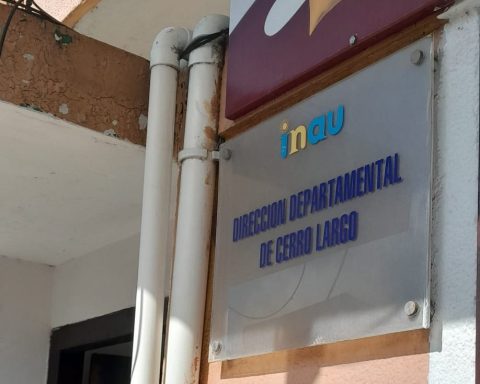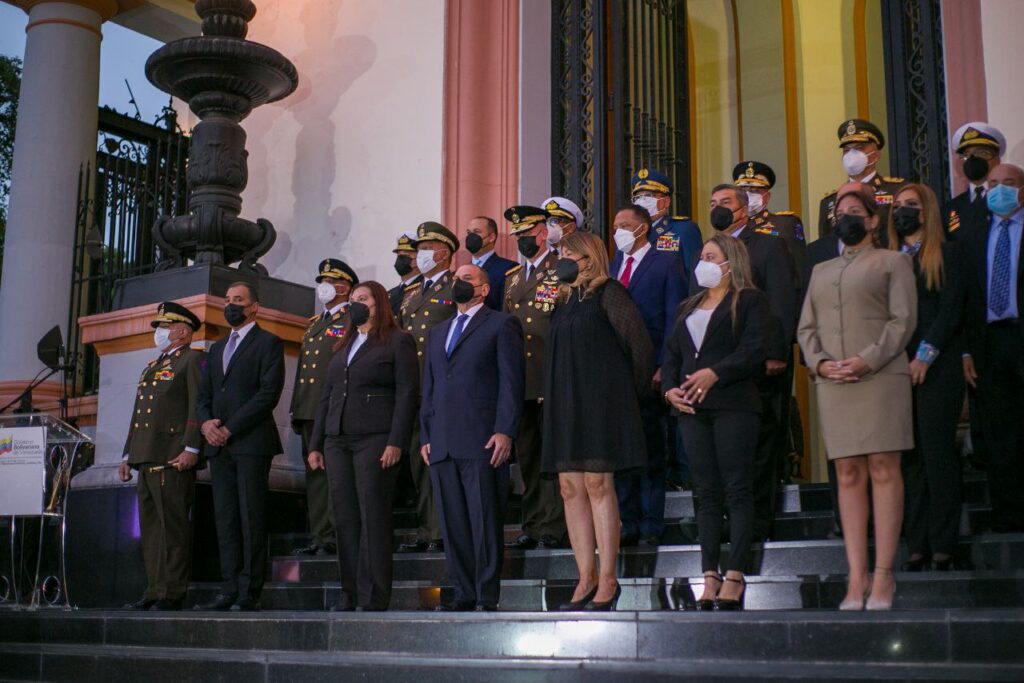Various investigations and studies of various kinds, national and international, account for the problems related to problematic alcohol consumption, which affect not only personal health, but also collective well-being, including a wide variety of health and social harm ( one). The individual damages are numerous, among which the decrease in the quality of life due to worsening of health stands out – even reaching premature death (2) -, the damages related to the deterioration of social and labor ties, the losses notorious productivity and absenteeism. These problems generate negative externalities associated with problematic alcohol consumption, which are among the main justifications for public intervention based on health and economic arguments. However, one of the problems that has been frequently left aside in public debate is the increased risk of traffic accidents.
A study by cinve (3) underlines that problematic alcohol consumption imposes annual costs on Uruguayan society of at least half a percentage point of GDP. In good romance, the private and social losses associated with alcohol use amount to approximately $300 million annually. The greatest weight in the estimate made (for the year 2015) corresponds to the indirect costs associated with premature deaths. Among these, it is precisely those related to deaths in traffic accidents that have the greatest quantitative and qualitative relevance.
Although there are many causal factors of traffic accidents, it is well known that alcohol consumption is among the most important. According to the National Highway Traffic Safety Administration (NHTSA) of the United States, in 2019 there were 10,142 deaths in traffic accidents, representing 30% of all deaths from road accidents in that country. Among the accidents that resulted in the deaths of people, it is noted that at least one of the drivers had a blood alcohol level of 0.8 grams per liter (4). As in many other countries, those most affected, with severe injuries and deaths, are young people, particularly children, adolescents and adults up to 29 years of age.
In Uruguay, according to the Annual Report on Road Accidents (SINATRÁN-UNASEV) for 2019 (the last year in which the data is not distorted by the effect of the Covid-19 pandemic), the number of deaths would have decreased by 25%. since the beginning of the decade, from 556 to 422 deaths (5). Although the evolution seems to be favourable, the objectives set out in the Global Plan for the Decade of Action for Road Safety 2011-2020 (UN) would not have been achieved, which placed the goal for our country one step lower: 300 people (6 ).
Several factors could explain the downward trend observed since the middle of the last decade in the number of deaths due to traffic accidents in Uruguay (among others, more timely attention to the injured, the improvement of the quality of the streets and the modernization of the automotive fleet). , etc.), although the information available indicates that regulatory innovations related to road safety have played a key role, including the dissemination of the new regulations and the stricter control that has been carried out in our country.
A public policy milestone of singular importance to address this problem in Uruguay was the creation in 2007 of the National Road Safety Unit (UNASEV). This public body is in charge of regulating and controlling activities related to traffic and road safety, which have been significantly strengthened with the approval of the Traffic and Road Safety Law. This rule established the gradual reduction, over a period of three years, of the permitted level of alcohol concentration in blood: going from 0.8 to 0.3 grams of alcohol per liter of blood. Subsequently, as of the approval of Law 19,360 of the year 2016, this level dropped by 0.0 grams of alcohol per liter of blood. In turn, between 2009 and 2010, two fundamental decrees were approved that established the mandatory use of helmets in motorized double-wheeled vehicles and seat belts in motor vehicles.
In this context, it is relevant to know the impact that such measures have had on road accidents, in particular, on the most serious cases (deaths in traffic accidents). The issue acquires special interest from the point of view of public discussion in light of recent proposals that propose making the current regulation more flexible, returning to the limit of 0.3 grams of alcohol per liter of blood, which would imply bringing the regulations back to the standards prior to the approval of Law 19,360. This proposal occurs without a rigorous evaluation of the impact of the measures adopted in the past, based on empirical evidence duly analyzed using appropriate statistical techniques.
Research for other countries has shown that some of the regulatory and oversight measures applied in Uruguay have been effective in reducing the number of traffic accidents in which deaths or extremely serious injuries occur. For example, a 2008 study for countries of the European Union, applying adequate statistical methodologies for the treatment of this type of data, finds that the reduction of blood alcohol tolerance has been effective, although the impact of this type of measure it is usually observed with a certain temporal delay (7). Applying other types of methodologies, recent studies carried out for China also provide solid evidence about the effectiveness of restrictive measures in this area (8).
In the case of our country, a study published last March in the Medical Journal of Uruguay (9) that analyzes the trends in deaths in traffic accidents, realizing that motorcyclists would have been the most benefited by the regulatory changes.
Taking into account the international evidence, and considering the information available between 2002 and 2019 on the number of people injured in traffic accidents in Montevideo, the cinve study carried out an analysis of the impact of the increasingly restrictive measures of regulation and control of alcohol consumption , based on the application of time series econometric methods and considering, among other factors, the size of the automobile fleet (considering the SUCIVE data), per capita alcohol consumption (estimated from information on sales with the DGI source and the INE population data). The results of the study reveal that the measures currently in force have had a significant effect in terms of reducing the number of people injured in traffic accidents. The evidence for the Uruguayan case, consistent with that reported in international studies, shows that the effect of changes in regulations on the number of injured is not immediate, but rather requires a few months for positive results to be observed.
Based on simulations that allow us to compare the trajectory of the number of people injured in traffic accidents between 2016 and 2019, comparing the situation corresponding to the regulation actually applied (that is, the “tolerance 0”) with what would have been expected to observe if at As of that date, if the more flexible restriction of 0.3 grams of alcohol per liter of blood had been maintained, it can be seen that between the two situations there is a difference of close to 1,000 fewer people (equivalent to between 3 and 4% of the total number of people injured in accidents in traffic accidents). The analysis of the evidence would allow inferring, then, that a significant part of the reduction observed in the number of accidents with injuries in Montevideo would have been associated with the implementation of the “tolerance 0”, for which there seems to be no basis, at least based on the analysis of the data, which justify the flexibility of the current regulations. On the contrary, if these proposals are applied, it is likely (leaving aside the effects of other factors) that the auspicious downward trend in deaths in traffic accidents observed between 2016 and 2019 will be reversed.
When thinking about the design (or modifications) of public road safety policies, it is convenient to collect one of the main lessons that the management of the pandemic brought to the international level: the need and benefit of government decisions being supported by based on scientific evidence and backed by rigorous academic studies.
Finding ourselves at the beginning of the Decade of Action for Road Safety 2021-2030 proposed by the United Nations, whose main objective is to reduce deaths and serious injuries caused by traffic accidents by 50%, it would seem advisable that public policies be nurtured of the international evidence on which the WHO recommendations are based, and which are supported by scientific studies, aimed at strengthening restrictive regulations on alcohol consumption and effectively controlling their application. Any action in terms of relaxation of “tolerance 0” could reverse the progress made and would go against international best practices, if it aspires to contain the damage in terms of human lives caused by alcohol consumption among drivers. motor vehicles of all kinds.
-
Regarding the individual and social harm associated with alcohol consumption, it is worth highlighting, among others, those by Homel et al., 2004; Rehm et al., 2009; Manning et al., 2013.
-
The WHO estimated that there are approximately 3.3 million deaths worldwide from this cause.
-
See, https://cinve.org.uy/proyecto/estudio-de-costos-economicos-del-consumo-problematico-de-alcohol-en-uruguay/ and https://papers.ssrn.com/sol3/papers .cfm?abstract_id=3144483
-
In this regard, see the October 2020 publication of the National Center for Statistics and Analysis, “Preview of motor vehicle traffic fatalities in 2019 (Research Note. Report No. DOT HS 813 021)” available at https://crashstats.nhtsa. dot.gov/Api/Public/ViewPublication/813021
-
https://www.gub.uy/unidad-nacional-seguridad-vial/datos-y-estadisticas/estadisticas/2019-informe-anual-siniestralidad-vial
-
Albalate, D. (2008). Lowering blood alcohol content levels to save lives: the European experience. Journal of Policy Analysis and Management: The Journal of the Association for Public Policy Analysis and Management, 27(1), 20-39.
-
Xu, XH, Dong, H., Li, L., Yang, Z., Lin, GZ, & Ou, CQ (2021). Time-varying effect of drunk driving regulations on road traffic mortality in Guangzhou, China: an interrupted time-series analysis. BMC public health, 21(1), 1-9.
-
Alessandrini, D. & Lambrosquini, F. (2022). Impact of the zero alcohol law in Uruguay: results on consumption and road accidents. Medical Journal of Uruguay, 38(1).
Researcher and cinve and Professor at the FCEA, Udelar. PhD in Economics from Udelar (email:[email protected] )
















